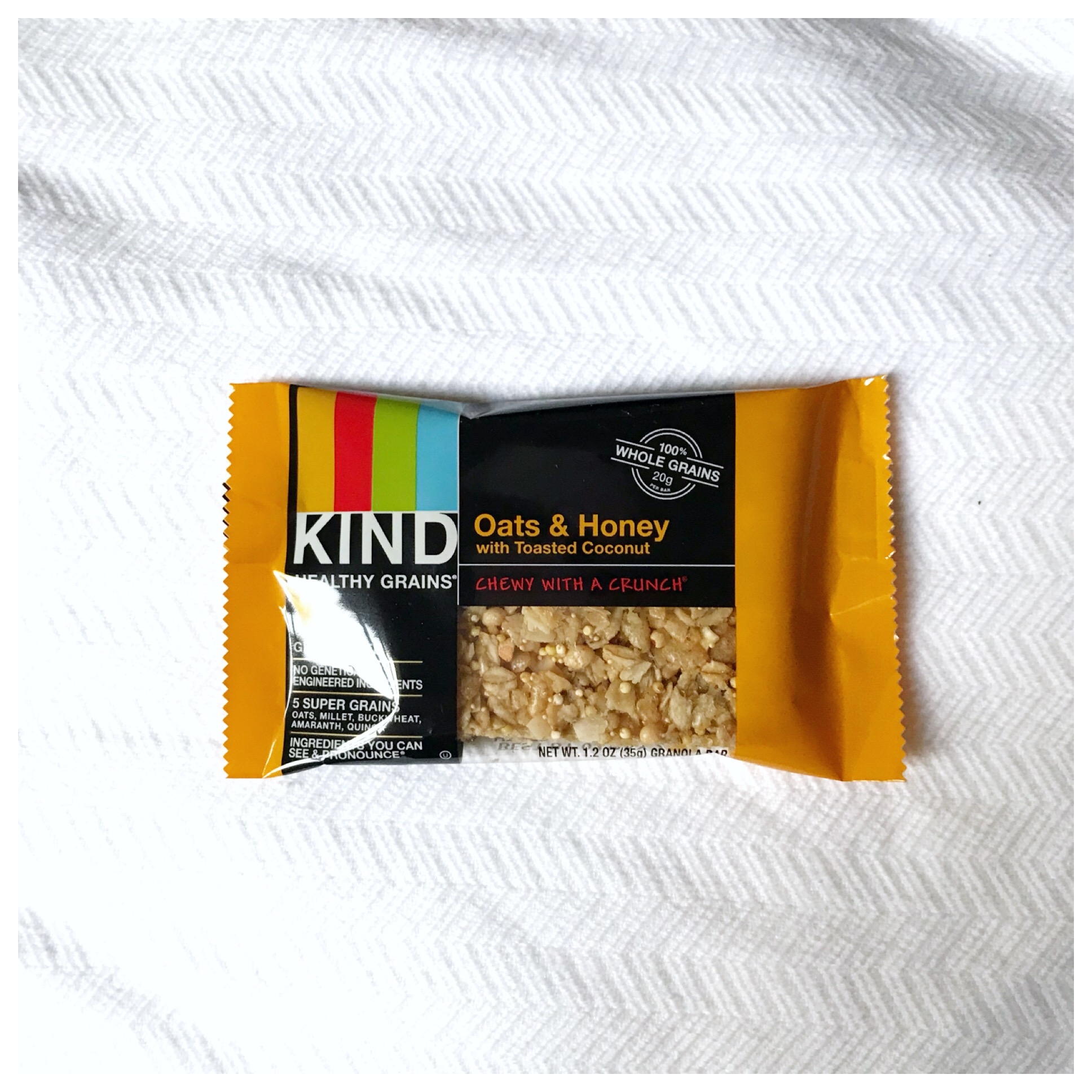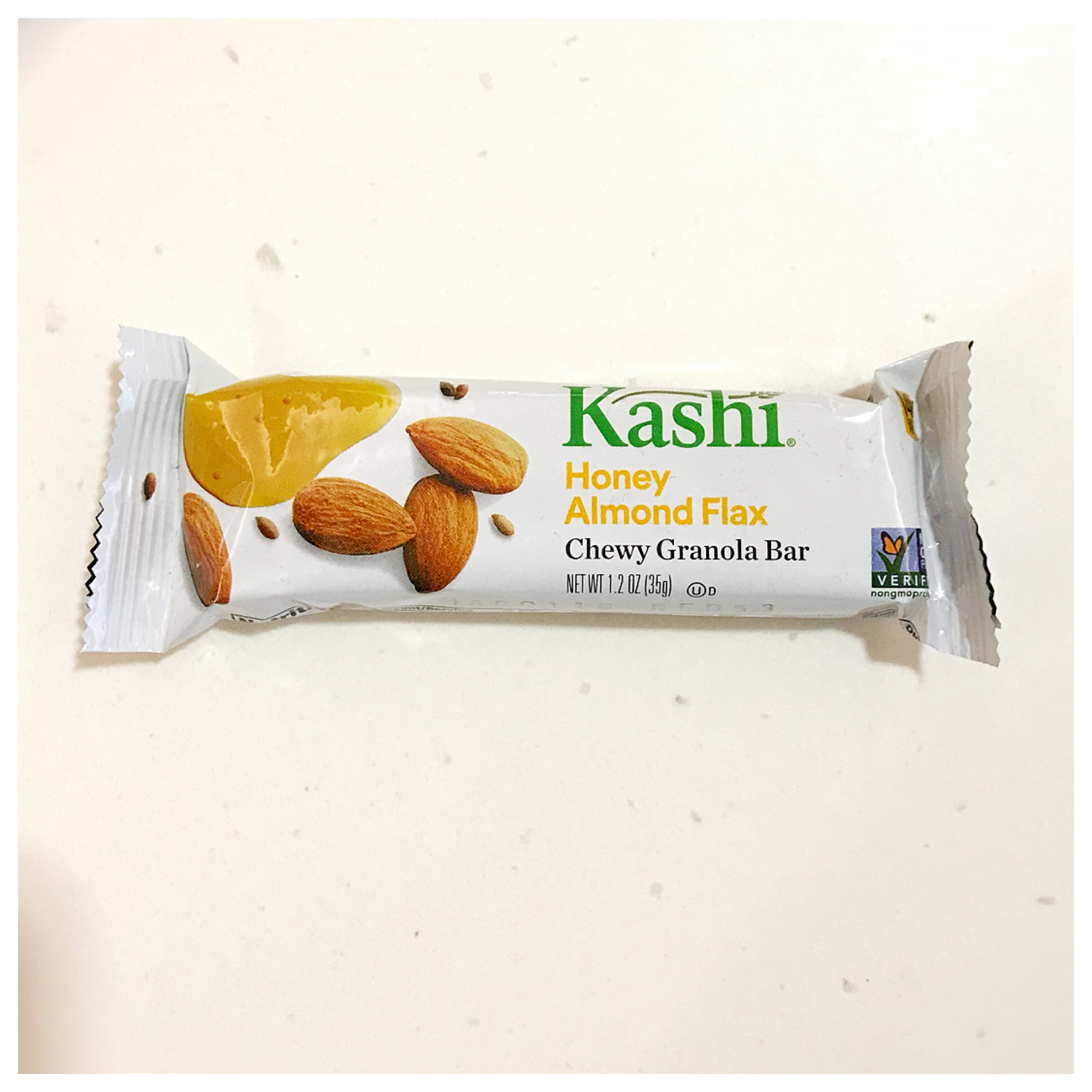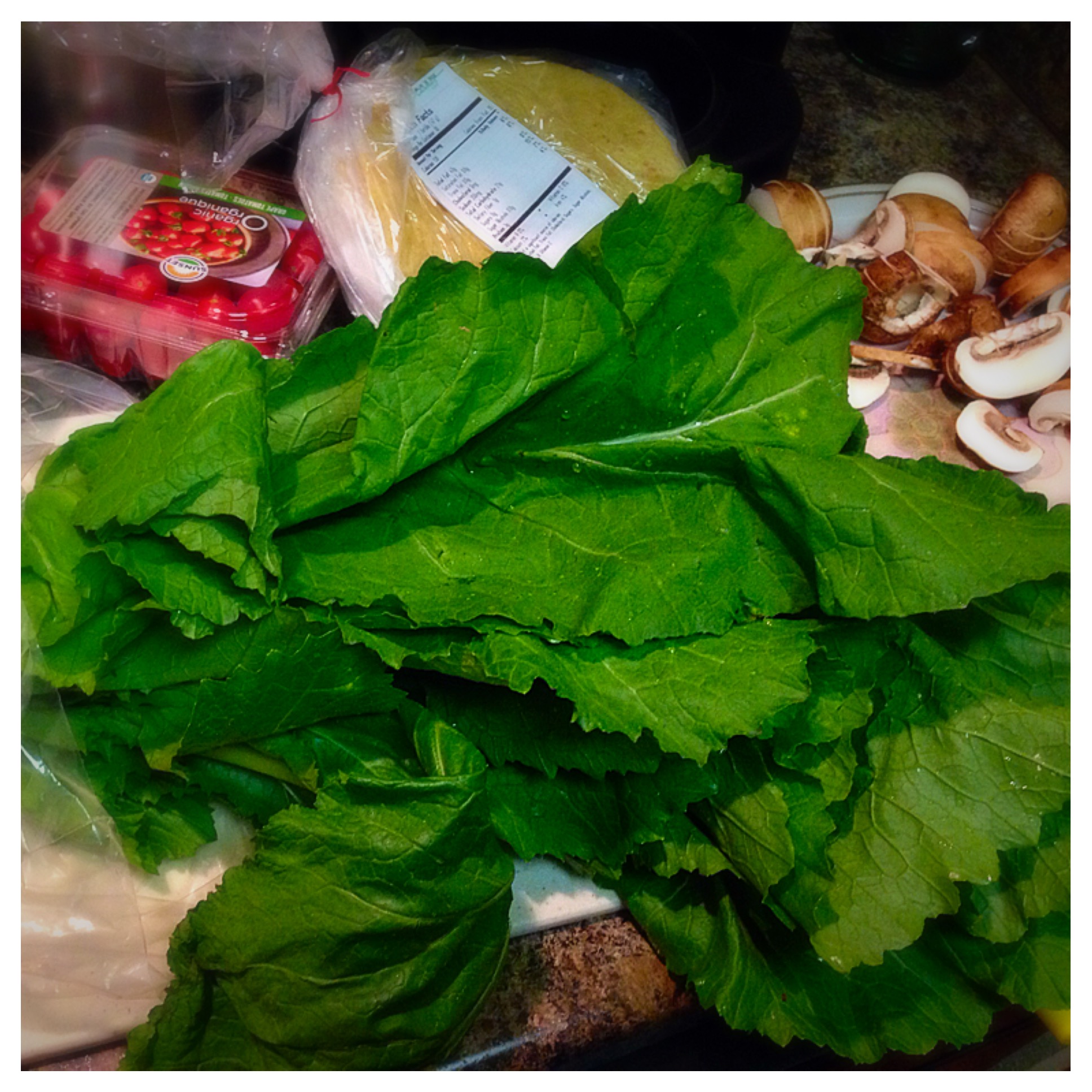Question of the day... How many times do you find yourself at the grocery store staring blankly at the walls of "nutrition bars", "sports bars", "energy bars"? If this has ever been you, I can certainly relate. They are never ending! With so. many. choices, and all claiming to be the best it was no surprise to me that I started getting questions from clients, friends and family about which bars to choose.
It technically all started with questions about "good" snacks to to have on-hand throughout the day. Then these general snack inquiries turned into questions about snack bars more specifically. People were looking for easy no-prep, no clean-up snacks when time is tight. The questions then shifted towards not only bars but bars that would be good to have before or after a workout. Then, I talked with several clients and friends who were looking for bars that met their food allergy restrictions. After doing my own personal "research" on granola bars to find ones that keep me fueled and energized and after doing some research for clients to find bars that met their specific needs, I created my "go-to" bars that have become pantry staples for my own grab-and-go breakfasts, lunches, and snacks. Nothing is perfect, in my opinion, and there are certainly other bars out there that I know could be great fueling options. However, out of so many options, these are the ones that positively stand out to me the most. I like these bars for their nutritional profile and, of course, the taste. And, it's not only me that likes these bars- friends and family and clients have told me that they tried them and like them as well!
I choose higher protein, higher fiber bars for regular snacks or as a component of meals and I choose lower protein bars with minimal fat and minimal fiber before I exercise. Why? Because you want a simpler snack pre-workout. Yes, protein and fiber and healthy fats are all positive components of a snack bar; however, these components are often not ideal right before a workout - especially a cardo or high-intensity workout. Protein, fat and fiber are harder for the body to digest than simpler carbohydrates, making them less optimal right before a workout. When you eat these components pre-workout you are making your body try and do two things at once: 1) Get energy to your muscles for exercise and 2) Use energy to digest the snack. Usually one of these suffers, leading either to sluggish workouts or stomach cramps.
So here are the details on my go-to bars that I keep on-hand and in my pantry to keep me fueled and energized during my active, and sometimes hectic day. This is NOT a sponsored post. I decided to write this on my own based on my personal and professional experiences and opinion. Please comment or email me if you have any questions or experiences of your own. Would love to hear from you!
Happy Fueling!
Five Granola Bars to Fuel Your Active Day
KIND Healthy Grain Bars - Honey Toasted Coconut bar
Nutrition Info
This is currently one of my favorite snack bars. It's the perfect size to keep hunger off until lunch or dinner time or it makes a great part of a breakfast or lunch. This bar contains 3 grams of protein, 2 grams of fiber and 6 grams of sugar.
Workout Fuel
While I would not eat this bar, the minute before I go out for a run or workout, it's minimal protein, fat (5 grams total), and fiber could still allow me to enjoy it about 30 to 45 minutes or so before a workout (this is my personal experience - every athlete and exerciser is different). I would definitely choose this bar over one of the nut-filled bars before my run or workout. Those other bars filled with nuts are also filled with fat and fiber and a little more protein,which, as I mentioned earlier, while fine on its own, may not be the best right before intense physical activity.
Food Allergy Friendly
Many KIND bars are filled with almonds, peanuts, pistachios and more, so I was excited to find this one with that did not contain any nuts or peanuts. Hurray! It is processed in a plant that processed peanuts and tree nuts, though, so be careful if this would affect you.
Nutrition Info
These are my new favorite find. I personally like these bars because, depending on the bar, they have anywhere from 3 to 6 grams of protein per bar and about 3 grams of fiber. They have about 8 grams of fat, but it's important to note that only 1 of those grams is saturated fat and none of it is trans fat. This is because the major ingredient in these bars are seeds like pumpkin seeds, sunflower seeds and flaxseeds. The high seed content adds fat, but mostly "healthy fat" (like omega 3's, which are found in flax seeds). This high seed content is also why these bars are higher in protein without having any protein powder added to them (like whey concentrate, etc.). I also love the simplicity of the ingredients in these bars. Pretty simple and straight forward.
Workout Fuel
Because of the high fat and higher protein content in these bars, I would take this out of my pre-workout options and keep it as part of a meal ( I love it broken up over yogurt), a regular snack, or post - exercise snack. Of course everyone is different, but for many people, that fat and protein could cause stomach cramping during a workout, game or practice. For those reasons it might not be the best bar to grab 15 minutes before a run or high-intensity workout, but still a good option another time of the day.
Food Allergy Friendly
If you read their story you see that a woman without food allergies created these bars because her husband did have food allergies and she wanted something they could both enjoy. So, although these bars are nut-free and gluten-free, they are made to be enjoyed by everyone! To learn more about the product and their story, click on the title above!
Nutrition Info
I discovered these bars years ago because they were one of the bars consistently offered in our hospital cafeteria. I like these guys because they are a good "snack portion" or a little something extra at a meal. They have around 6 grams of protein, 6 grams of sugar, and 3 grams of fiber per bar. Due to the nuts, they also contain poly and monounsaturated fats.
Workout Fuel
Because these particular bars contain a good amount protein, fiber, and fat, for many they are best eaten further out from exercise. They could make a great mid-morning or mid-afternoon snack or part of a balanced breakfast or lunch.
Food Allergy Friendly
These bars may not be the right pick for friends with food allergies, but if you're food allergy free, they can be a good fueling snack to help get you through your day.
Nutrition Info
The "Original" LARABAR could be a good choice if you are looking for something FILLING. They have a higher fat content due to their high nut content (which means the majority of the fat is mono and polyunsatured fat vs. saturated fat or trans fat). They have a little bit of protein, about 4 grams per bar and around 3 grams of fiber per bar. They do have a higher sugar content, which is due to the dried fruit that these bars contain.
Workout Fuel
While I wouldn't pick this particular bar variety for a pre-exercise snack, it could be a good addition to a meal or included as another snack, especially for athletes having trouble staying full due to their high energy expenditure.
If looking for more of a pre-workout fuel, the "Fruits & Greens" variety may be a better choice. These bars have way less total fat (2.5 grams per bar), and sticks to around 2 grams of protein and 3 grams of fiber per bar.
Food Allergy Friendly
LARABAR makes varieties that are gluten-free, dairy-free and vegan and kosher. Check their website for more details!
Nutrition Info
This is one "protein bar" I have found that (1) actually contains a substantial amount of protein (2) while not being super high in calories, (3) is not packed with sugar OR artificial sweeteners, and (4) tastes good! These bars have about 17 grams of protein per bar, about 170 or 180 calories, and about 3 grams of sugar.
Workout Fuel
With so much protein, this would not be the best pre-exercise, especially high intensity exercise, snack. It could make a good post-exercise snack, specifically after resistance training exercise, or a good part of a breakfast or lunch, when a boost in protein is needed.
Food Allergy Friendly
I recently saw a client who was just diagnosed with several food allergies. When I went to the Nu Go Nutrition page to check out all of their products, I found that they make bars to accommodate all types of allergies or dietary needs (dairy-free, gluten-free, nut-free, vegan, etc.). Each bar may vary, so take a close look at the ingredient label.
















